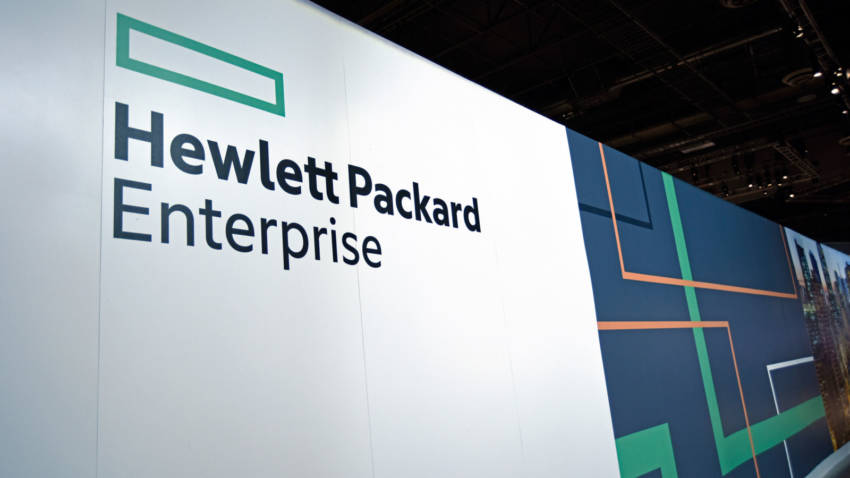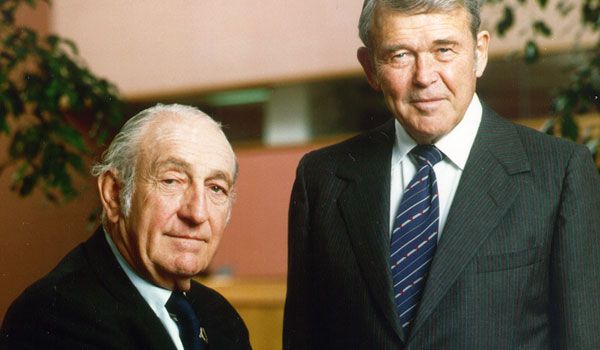Fastly: How This Company with The Right Values is Growing at The Speed of Light
Data is everywhere now thanks to the Internet Age. According to studies, the amount of total data collected doubles, every two years. Everything from our Internet history to our calendar schedule forms a part of digital data that is important. Research shows that by 2020, we will be producing 1.7 MB worth of data every second! So where does all this data go? Due to Hardware constraints, all computers and mobile phones come with a stipulated storage limit. Also, external hard drives we purchase also have stringent limits on how much space they have. So how do we store the massive amounts of data we create?
Why We Need Cloud Computing
We all want to retain those videos from our first college performance, and also need quick access to our work documents. How can we come up with a system that is secure and at the same time, large enough to store everything? Well, cloud computing has helped most people deal with their storage woes by providing huge amounts of space! Not only do you get to keep your precious memories, but you also get to do so without cluttering up your home.
All your information is locked away in a vault in the sky, so you can loop up baby pictures, and schedule appointments on the go. This time around, we are going to look at one of the fastest-growing cloud computing service providers in the world!
What is Fastly Inc
Fastly Inc.’s highly efficient edge cloud platform allows users access to an extremely fast content delivery network that helps them keep all their memories. Furthermore, the company also provides security services, video streaming, and load balancing. Headquartered at San Francisco, this American juggernaut has offices in New York, London, Portland, Tokyo, and Denver.
Founding Fastly
Artur Bergman founded Fastly in 2011 because he felt the need for a fast and efficient cloud computing service. Prior to founding Fastly, Bergman worked as the VTO of Wikia. Three years into its founding, Google paired up with them to offer users CDN services. This served as a huge boost to the company, which then grew at unprecedented rates.

So much so, that in 2017, the company launched its own edge cloud platform that supported a ton of new features. The same year, they acquired a Texas-based content delivery network named CDN Sumo. The company helps users extend and expand their existing cloud infrastructure using their network. Furthermore, the service also includes several features such as load balancing, image optimization, and video streaming.
Software Structure
The company’s software works on Varnish, which is an open-source HTTP accelerator. Since they use an open-source product, Bergman has also made it a point to give back to the open-source community. The company supports several non-profit projects such as Hackage, Drupal and DonorsChoose.org. Varnish became the platform for Fastly because it allowed them to reverse proxy and is highly customizable. The software designers always kept performance in mind and then scaled their applications using Varnish. The particular version of Varnish used by them is optimized for large applications, due to the presence of caches.
Giving Back to The Community
Bergman attributes his desire to give back to his raising in a feminist environment such as Sweden. Due to their smaller power distance culture; being inclusive was a way of life rather than a magnanimity. Bergman also believes that diverse teams improve the workspace environment leading to higher productivity. The more diverse the leadership, the easier it becomes to find and encourage diverse talents. This, in turn, makes it possible to create and design diverse products that change the world.
Company Values
Furthermore, Fastly takes both employee and customer satisfaction quite seriously. Since the company works on projects that help people, employees feel great about their work. More people are happy, meaning they genuinely want to look after their users, which makes for great customer engagement and satisfaction. Over 90 employees at Fastly, which constitutes 25% of their workforce, have been there for more than four years.
This proves without a doubt, how important the company views its internal policies and values. The company’s executive team has an almost equal number of men and women. Furthermore, more than 50 percent of their engineers fall into trans, people of color and LGBTQ communities.
Resounding Success
Fastly recently added another $75 million via Series D funding, making the total money hit $130 million! After the financing round, the company named ex-VP of Netsuite, Dan Miller, their CFO. Furthermore, the company recruited ex- Apple privacy strategist, and Mozilla’s security chief to their already impressive employee roster. The company is growing at over 300% year after years, with a team that has grown to over 450 employees now. While the company pushed 40 TB a day in 2012, the data limit per day now stands at 5 PT!
The company already has several high-profile customers such as Twitter, The Guardian, Pinterest, and Wayfair. The company also helped Stripe improve their checkout time by 80%, leading to even more popularity and goodwill within the industry. The company keeps growing from strength to strength having made $144 million in 2018, with revenue growing at 37.8%! Around the world, over 3 billion people see content that served via Fastly, and this is 75% of the world’s internet users. Sure enough, there might come a day, wherein every internet user receives content through a Fastly platform!

Being a cinephile with a love for all things outdoorsy, Athulya never misses a chance to chase inspiring stories or poke fun at things, even when the subject is herself. Currently pursuing a degree in mechanical engineering, she is someone innately interested in technical and scientific research. Music reviews and op-eds define her as they allow her to explore different perspectives. Though sometimes she thinks she makes more sense playing the guitar than she does while writing.




